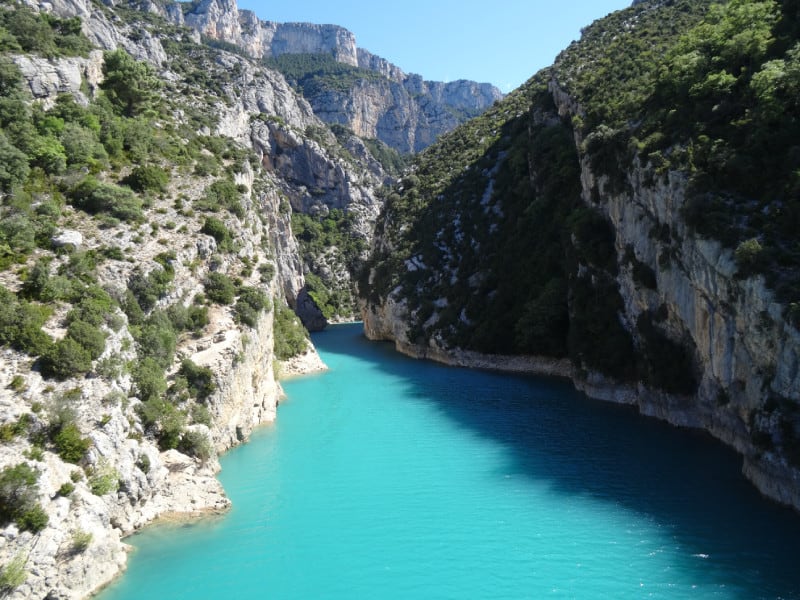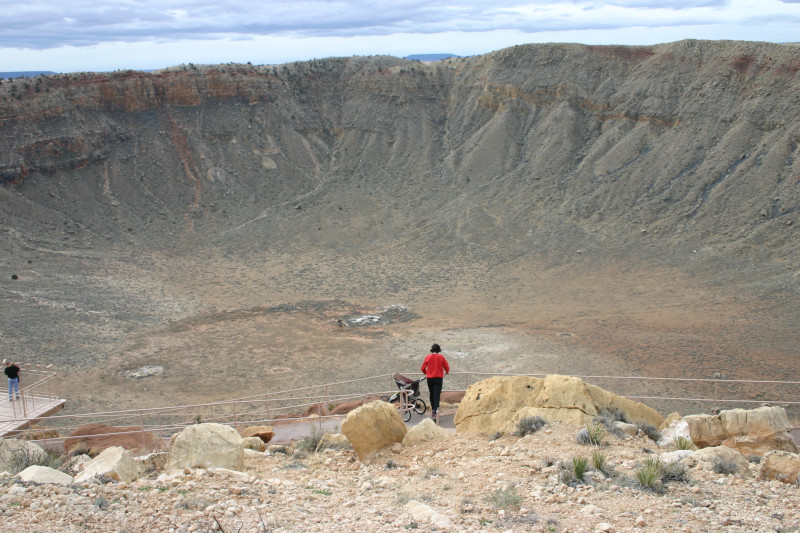
Grand Canyon Facts
- This is the absolutely breathtaking marvel of Nature understandably known as the Grand Canyon. It remains perhaps the best known feature of its kind in the world. Despite its well-deserved reputation, however, it’s not the longest of its kind.
- Its grandeur and sheer size nevertheless leave those who experience it firsthand shaking their heads at the majesty of the site. But the local Native American tribes have other names for it in their native tongues. These have been used for many centuries.
- In the native Navajo language, it’s called Bidááʼ Haʼaztʼiʼ Tsékooh. Among the Yavapai, though, this incredible site goes by the name of Wi:kaʼi:la. Meanwhile, the Hopi people employ the name of Ongtupqa for this true wonder of natural forces.
- Regardless of the name used to refer to it, though, some things remain the same. For one thing, the aptly-named Grand Canyon represents one of the most widely recognized geological feature found anywhere on the planet. And that’s as it should be.
- This site additionally quite literally provides a window into the past unlike anything found anywhere else. That’s due to the fact that geologists have the ability to study the work of around 2 billion years of geological processes in the rocks.
Related Articles




Grand Canyon Physical Description
The sheer scale of the awesome Grand Canyon can make it difficult to fully appreciate. Simply quoting statistics cannot adequately convey the proper impression of this geological marvel. We offer them here, though, as a beginning of appreciation of its magnitude.
Firstly, its sheer length often represents a staggering number to contemplate for the casual learner. That’s due to a lack of proper perspective with which to consider it. This astounding site further measures a grand total of roughly 277 mi (446 km) in length.
Secondly, its other dimensions remain equally mind-numbing. Take its width, for example. While this quite naturally varies constantly along its length, this remains enormous in even the narrowest areas. But, that’s because at its widest it attains a width of 18 mi (29 km).
Thirdly, its depth only adds to the otherworldly air of the incredible Grand Canyon. Though it’s not the deepest such feature in the world, by far, it’s nevertheless remarkably impressive. While the depth naturally varies, it reaches a maximum of 6,093 ft (1,857 m) in places.

Grand Canyon Location, Formation, and Geology
The gorgeous Grand Canyon formed in a distinctive region of the Northern Hemisphere already renowned for its natural beauty. This principle extends to the highly numerous beautiful, though relatively harsh and sometime stark, landscapes so common in that region.
That holds true due to the fact that this astonishing feature of geology formed in a region of what now constitutes the United States, in North America. More precisely, the gigantic canyon runs through an extensive section of the state that bears the name of Arizona.
Plus, it also shares this region with other natural features. These include the aptly-named Grand Canyon National Park, the Kaibab National Forest, and the Grand Canyon-Parashant National Monument. The canyon itself also contains the equally stunning Havasu Falls.
Incredibly, the eye-opening Grand Canyon forms part of the Colorado River Basin. As such, its creation serves as the perfect testament to the power of erosion. Admittedly, however, in its case, this process required a period estimated by geologists at roughly 70 million years.
Its unique nature and sheer size make it a location of unequaled importance to geologists. That’s due to the presence of sections of deposits over many hundreds of millions of years. In fact, one area of deposits, known as the Vishnu Schist, measures 2 billion years old.
Features Sharing Its Range



Check out our other articles on 6 Breathtaking Raptors, Velvet Belly lanternshark, Loktak Lake, Wax Currant, Aardwolf, Schaus Swallowtail, Flatback Sea Turtle, Puffin, Rose’s Ghost Frog









Leave a Reply